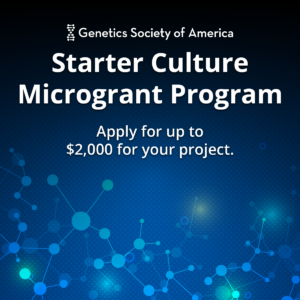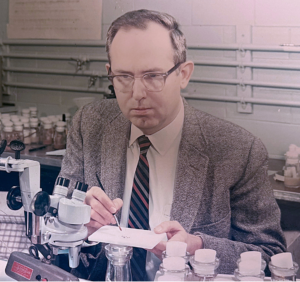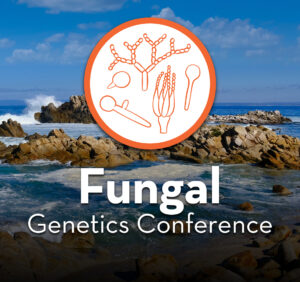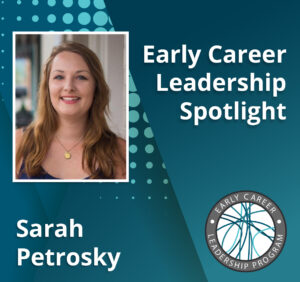A new study in GENETICS has a “circuitous” origin story, according to equal investigator Brian M. Egan. When Egan showed Kerry Kornfeld his inconclusive Caenorhabditis elegans data on how varying concentrations of sodium chloride (NaCl) affect the anti-aging activity of the blood pressure drug captopril, Kornfeld noticed an unexpected difference in the controls. Since C. elegans has become a premier research organism for studies on aging, Kornfeld, Egan, and fellow equal investigator Franziska Pohl decided to examine NaCl concentrations in standard nematode growth medium (NGM) to determine their potential effect on longevity. In doing so, they challenged the assumptions of the 1974 protocol established by legendary Nobel laureate Sydney Brenner, who almost single-handedly elevated C. elegans to the status of a preferred research organism.
Brenner’s C. elegans care and feeding protocols, including NGM with a lawn of E. coli, are used by most laboratories worldwide. The upside of using NGM is that experiments between labs are highly comparable. “Researchers were used to using it, and it worked,” Kornfeld commented. Nevertheless, problems with NGM, including culturing worms on E. coli, are becoming apparent. “[E. coli organisms] are not a benign food source; they’re somewhat pathogenic,” Kornfeld noted. However, since Egan’s initial data concerned NaCl levels, the trio concentrated on this aspect of NGM. NGM already contains some unquantified NaCl from sources such as yeast and agar. The question is whether the worms were harmed by supplemental NaCl, and at what concentrations.
The investigators found that standard supplemental NaCl in NGM, ~50 mM, accelerated aging and reduced lifespan for many types of worms, including wild-type and long-lived mutants. With excess supplemental NaCl of 200 mM, both young and old worms experienced adverse effects, including delayed development, reduced fecundity, and shortened lifespan and health span. Conversely, nematodes raised on media with zero mM of supplemental NaCl lived about two days longer than those reared on standard NGM, which suggests that the concentration of salt in standard NGM can reduce lifespan.
Moreover, the data suggest that younger wigglers tolerate NaCl better than their older counterparts, with aging leading to increased sensitivity. Young animals cultured in the excess NaCl environment activated gpdh-1, a specific NaCl stress response, whereas old worms activated both gpdh-1 and the additional stress response of hsp-6.
In light of these findings, it is important to consider the standard growing conditions and media for C. elegans, especially for research on aging. Kornfeld and Egan acknowledge the difficulty in budging such a long-established protocol. Still, they want to alert other researchers of the need to account for salt concentration, depending on the type of research. Moreover, they hope to sensitize other scientists to the effects of culture conditions on not just one but two organisms: C. elegans and E. coli.
In any genetics research, the question is whether the results are translatable to humans. In this case, more data is needed to strengthen that correlation. Still, these results do highlight a central finding in aging research: that animals, including humans, become less able to cope with harmful conditions as they age, increasing their mortality.
References
Environmental NaCl affects Caenorhabditis elegans development and aging
Franziska Pohl, Brian M. Egan, Daniel L. Schneider, Matthew C. Mosley, Micklaus A. Garcia, Sydney Hou, Chen-Hao Chiu, Kerry Kornfeld
Genetics, 2025, iyaf139, https://doi.org/10.1093/genetics/iyaf139































